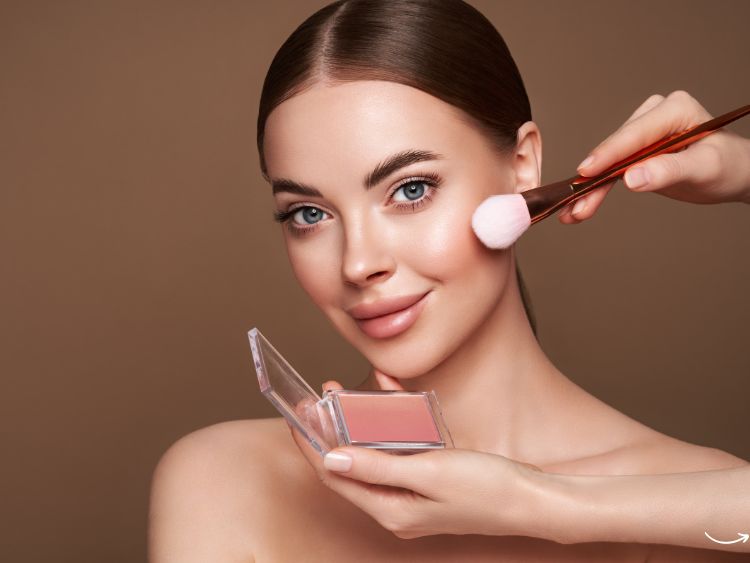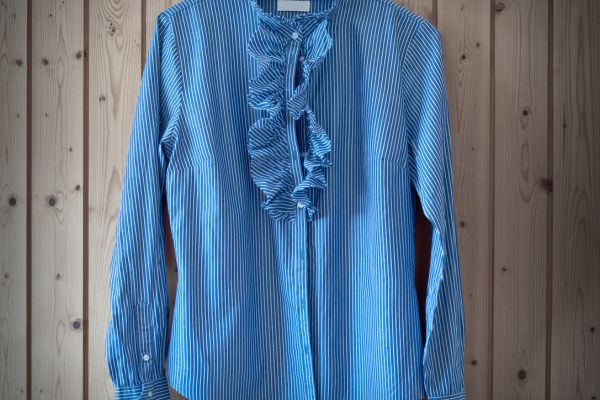Ever wondered how movies, TV shows, and theater productions bring fantastical creatures, gruesome injuries, or otherworldly beings to life? The magic lies in the hands of special effects makeup artists. These creative professionals use their skills to transform actors into characters that leave audiences spellbound. In this article, we’ll dive into the fascinating world of special effects makeup artists, exploring their techniques, tools, and the journey to becoming one. So, let’s uncover the secrets behind the spellbinding transformations.
The Art of Special Effects Makeup
What Does a Special Effects Makeup Artist Do?
Special effects (SFX) makeup artists are responsible for creating visual illusions on actors. Their work ranges from subtle changes, like adding a scar or aging an actor’s appearance, to dramatic transformations, such as turning someone into a zombie, alien, or mythical creature. Using prosthetics, cosmetics, and innovative techniques, they bring characters to life in ways that traditional makeup cannot achieve.
Key Skills and Techniques
To excel as a special effects makeup artist, one must master several skills and techniques, including:
- Prosthetics: Creating and applying prosthetic limbs, masks, and other body parts using materials like latex, silicone, and foam.
- Molding and Casting: Sculpting molds and casting prosthetic pieces to fit the actor perfectly.
- Painting and Airbrushing: Using paints and airbrushes to add color, texture, and details to prosthetics and makeup.
- Wig and Hair Work: Designing and applying wigs, beards, and other hairpieces to complete the character’s look.
- Anatomy Knowledge: Understanding human anatomy to create realistic effects, especially when simulating injuries or transformations.
Tools of the Trade
Special effects makeup artists rely on an array of tools and materials to create their masterpieces. Some of the essential items include:
- Latex and Silicone: Used for making prosthetics and creating skin-like textures.
- Makeup Brushes and Sponges: Essential for applying makeup and blending colors.
- Airbrush Kits: For detailed and seamless application of colors and textures.
- Sculpting Tools: Used to shape and carve molds for prosthetics.
- Adhesives and Removers: For attaching prosthetics securely and removing them without damaging the actor’s skin.
The Journey to Becoming a Special Effects Makeup Artist
Education and Training
While some SFX makeup artists are self-taught, many pursue formal education to hone their skills. Here are some steps to consider:
- High School Education: Focus on art, theater, and science courses to build a strong foundation.
- Cosmetology School: Many makeup artists start with a background in cosmetology, where they learn basic makeup techniques.
- Specialized Programs: Enroll in programs or courses specifically focused on special effects makeup. Schools like the Cinema Makeup School in Los Angeles and the Makeup Designory (MUD) offer comprehensive training.
- Workshops and Seminars: Attend workshops and seminars to learn from industry professionals and stay updated on the latest techniques and materials.
- On-the-Job Experience: Gain experience by working on student films, community theater productions, or as an apprentice to a seasoned SFX makeup artist.
Building a Portfolio
A strong portfolio is crucial for aspiring special effects makeup artists. It showcases your skills, creativity, and versatility. Here are some tips for building an impressive portfolio:
- Diverse Projects: Include a variety of work, from subtle makeup changes to elaborate creature designs.
- High-Quality Photos: Ensure your portfolio contains high-resolution images that capture the details of your work.
- Before and After Shots: Show transformations with before and after photos to highlight your skills.
- Professional Presentation: Organize your portfolio neatly and consider creating both a physical and digital version.
Special Effects Makeup in Film and Television
Iconic SFX Makeup Transformations
Over the years, special effects makeup has given us some unforgettable characters. Here are a few iconic transformations:
- Frankenstein’s Monster (1931): Jack Pierce’s makeup for Boris Karloff remains one of the most recognizable movie monsters.
- The Exorcist (1973): Dick Smith’s work on Linda Blair’s demonic transformation set new standards for horror makeup.
- The Terminator (1984): Stan Winston’s team created the unforgettable cyborg makeup for Arnold Schwarzenegger.
- The Lord of the Rings (2001-2003): Weta Workshop’s prosthetic work brought Tolkien’s characters to life with incredible realism.
Challenges in SFX Makeup
Creating special effects makeup for film and television comes with unique challenges:
- Time Constraints: Productions often have tight schedules, requiring quick and efficient work.
- Actor Comfort: Ensuring prosthetics are comfortable for actors to wear for long periods.
- Durability: Makeup must withstand hours of filming under various conditions, including heat, moisture, and physical activity.
- Continuity: Maintaining consistency in makeup for scenes shot over multiple days or weeks.
FAQs about Special Effects Makeup Artists
What education do you need to become a special effects makeup artist?
While formal education is not mandatory, many SFX makeup artists benefit from specialized training in cosmetology, art, and specific special effects makeup programs. Hands-on experience and workshops are also valuable.
How long does it take to create a special effects makeup look?
The time required can vary greatly depending on the complexity of the look. Simple effects might take a couple of hours, while intricate prosthetic applications can take several hours or even multiple sessions.
What materials do special effects makeup artists use?
Common materials include latex, silicone, foam, makeup pigments, adhesives, and a variety of sculpting and painting tools.
Can special effects makeup be used for everyday events?
While SFX makeup is primarily used in film, TV, and theater, it can also be applied for Halloween, cosplay, themed parties, and events.
How do you remove special effects makeup?
Removing SFX makeup typically involves specific removers for adhesives and prosthetics, followed by gentle cleansing to avoid skin irritation.
Conclusion
The world of special effects makeup artists is a captivating blend of art, science, and creativity. These talented professionals bring characters to life, transforming actors into everything from mythical creatures to realistic injuries. Whether you’re fascinated by the process or aspiring to become an SFX makeup artist yourself, the journey is filled with endless opportunities for creativity and innovation. Embrace the magic, and who knows? You might be the next artist to create an unforgettable character that captivates audiences worldwide.



